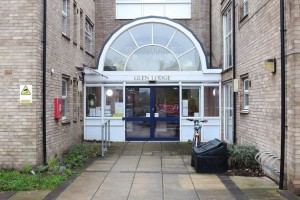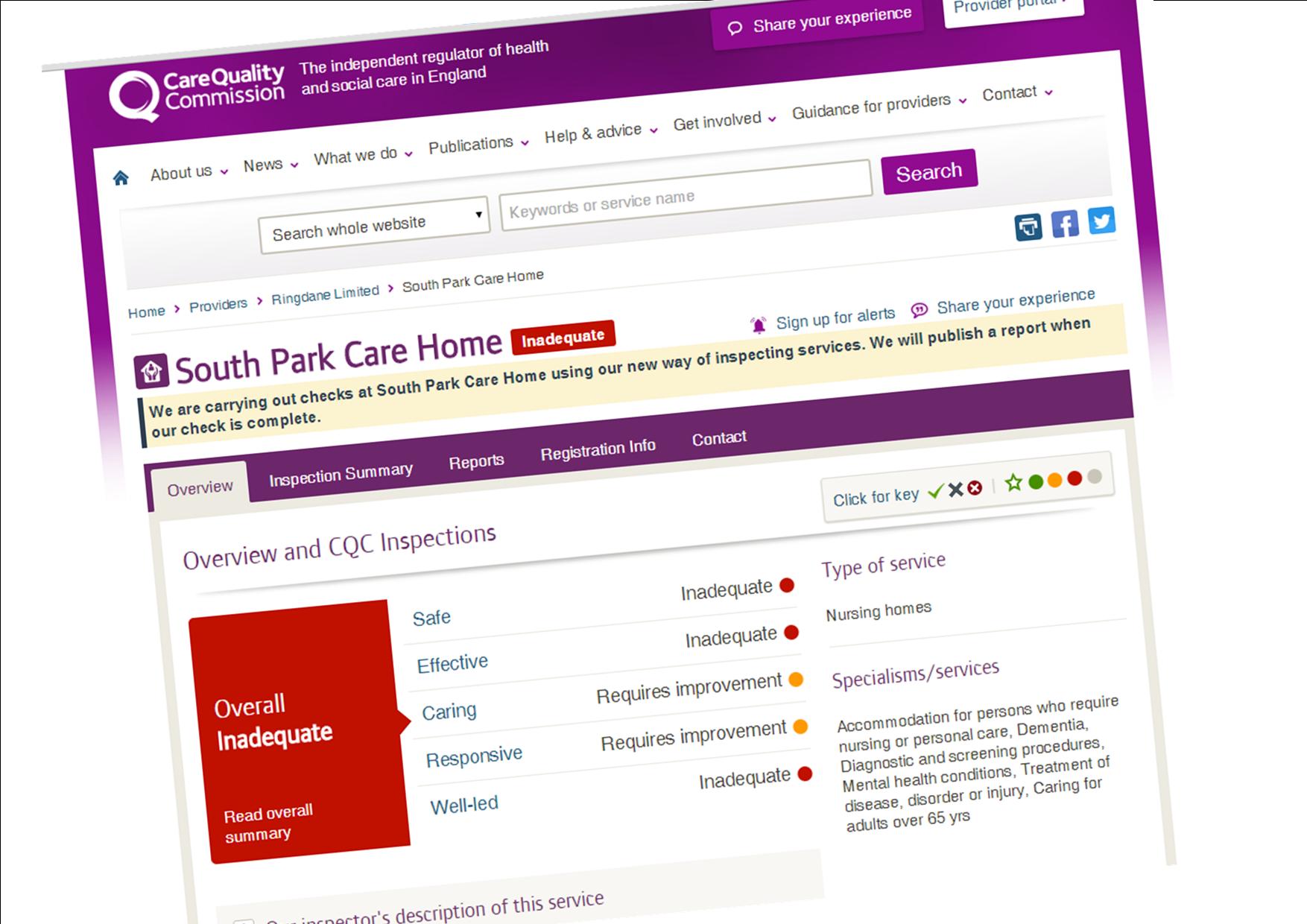Some people’s nightmare.
 A report in The Press claimed that a rat had bitten an elderly resident living in the Councils Glen Lodge sheltered accommodation. The incident happened in June. The victim was hospitalised and – several months later – died.
A report in The Press claimed that a rat had bitten an elderly resident living in the Councils Glen Lodge sheltered accommodation. The incident happened in June. The victim was hospitalised and – several months later – died.
A Council official is quoted as saying
“It is with regret that, despite extensive efforts by professional experts, environmental health and independent inspectors, we have been unable to determine the exact circumstances of how Mrs Hudson’s injuries occurred”.
Public confidence is a fragile commodity so we find it surprising that the incident hasn’t apparently been considered though the Councils committee system.
An open and honest approach is all the relatives concerned could reasonably ask.
The Council could remedy the defect by asking for a report to be considered at the meeting of its Adult Social Care scrutiny committee next week, The committee has a light agenda.
Dr Dave Cowan, leader of the wildlife programme at the Food and Environment Research Agency, has analysed previous studies to try to estimate a total rat population.
“Rats are almost completely commensal in Britain, [meaning] they’re associated with human activities. That gives us a start because we only really need to think about how many rats there might be living in close proximity to ourselves.”
“It’s pretty rare that rats are inside our dwellings. Less than half a per cent of dwellings have rats,” he says.
In those cases, “it would be just a couple of rats”.
A better figure to take is the number of dwellings that have rats outside, in the garden or driveway or compost heap and so on, Cowan suggests.
“Around 3% of our dwellings have rats present outside. We can come up with a figure of 1.5 million rats in total in Britain in or around our homes.”
The reputation of some of the City’s care facilities have wobbled recently so some reassurance and – if warranted – an apology, would seem to be the least that the Council should offer.


